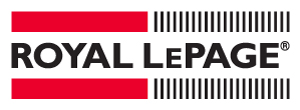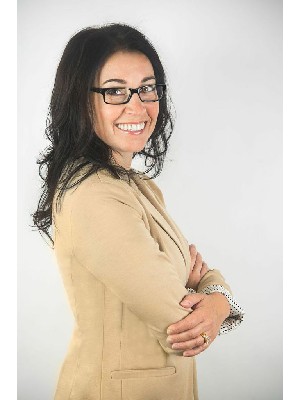With a variable-rate mortgage, your interest rate fluctuates with your lender’s prime lending rate. It offers more flexibility, but also more risk. Typically, you pay a set amount every month, but when rates fall, more cash goes to principal, which reduces the interest you’ll have to pay in the long term. If rates go up, however, your set payment may not be enough to cover interest and principal, so you could end up having to pay more.


